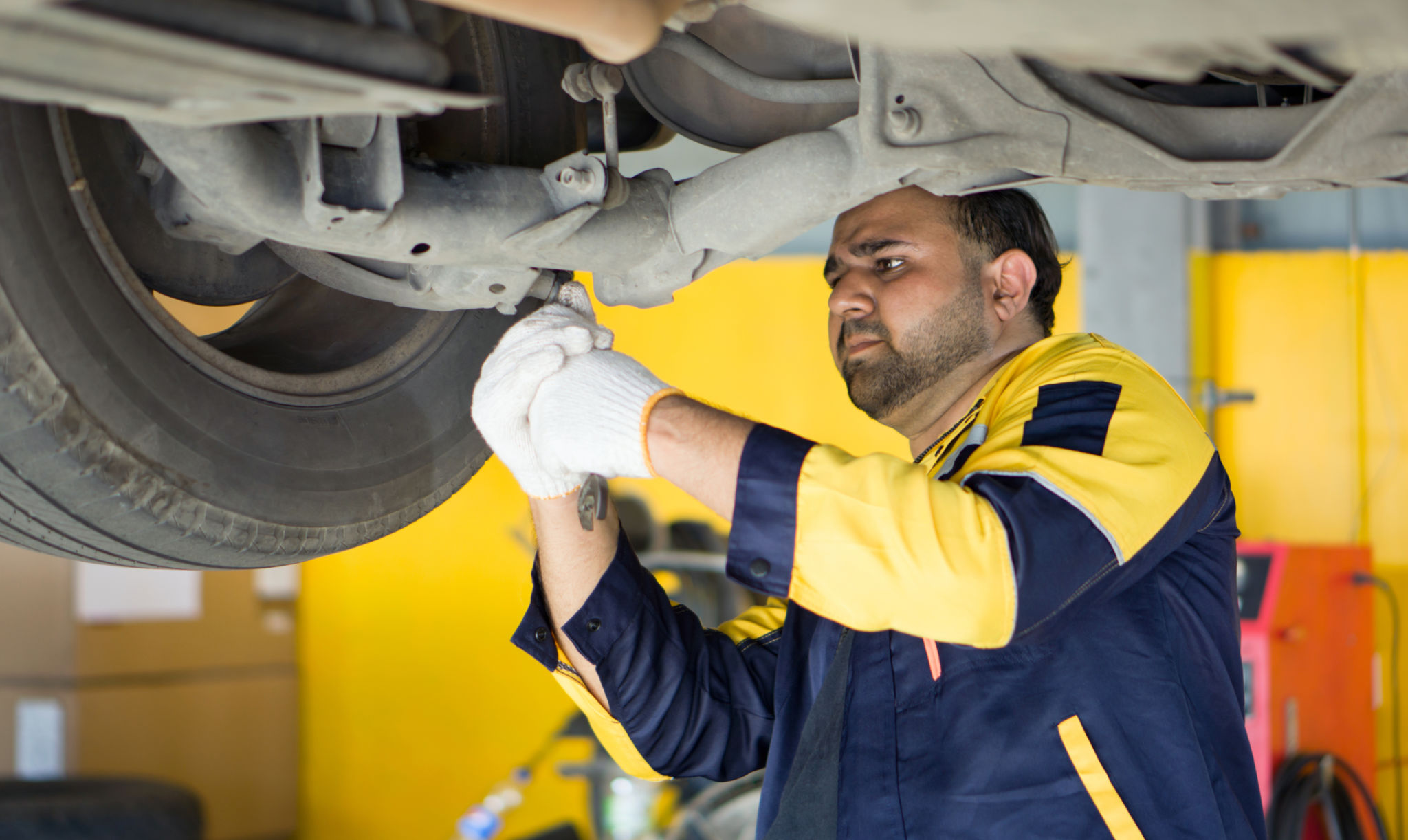Comprehensive Guide to Clutch Replacement: How to Know When It's Time
JG
Understanding the Clutch System
The clutch is a crucial component of your vehicle's transmission system, allowing you to shift gears smoothly and efficiently. Whether you're driving a manual or an automatic, the clutch plays a vital role in your car's performance. Over time, like any other part, clutches can wear out and require replacement. Understanding when and why to replace it can save you from costly repairs down the road.

Signs That Your Clutch Needs Replacement
There are several signs to look out for that might indicate it's time for a clutch replacement. If you notice a burning smell or experience difficulty in shifting gears, these could be early indicators. Another common sign is if your vehicle starts to slip out of gear or if there's a noticeable change in pedal resistance.
Other symptoms include unusual noises when pressing the clutch pedal, vibrations, or a sticky pedal that doesn’t return smoothly. Paying attention to these warning signs can help you address the issue before it leads to more significant problems.

Why Clutches Wear Out
Clutches naturally wear out over time due to friction. Every time you change gears, the clutch engages and disengages, creating wear on the clutch plate. Factors such as driving habits, frequent stop-and-go traffic, and towing heavy loads can accelerate this wear. Regular maintenance and mindful driving can extend the life of your clutch.
Steps to Replace a Clutch
If you've determined that your clutch needs replacement, it’s essential to understand the basic steps involved in the process. While it’s advisable to have a professional mechanic handle the job, knowing what's involved can help you make informed decisions.
- Begin by disconnecting the battery to ensure safety.
- Remove the transmission to access the clutch assembly.
- Inspect the flywheel and replace or resurface it if necessary.
- Install the new clutch kit, which typically includes the clutch disc, pressure plate, and release bearing.
- Reassemble all components and test drive to ensure proper function.

Choosing the Right Clutch Kit
When it's time for replacement, choosing the right clutch kit is essential. Consider factors such as the make and model of your vehicle, your driving style, and any performance upgrades your car may have. Investing in a high-quality clutch kit can enhance performance and longevity.
Professional vs. DIY Replacement
Deciding whether to replace your clutch yourself or to hire a professional mechanic depends on your mechanical skills and experience. While DIY can save money on labor costs, it requires the right tools and knowledge. On the other hand, professional mechanics can ensure proper installation and may offer warranties on their work.

Preventive Maintenance Tips
To prolong the life of your new clutch, consider adopting some preventive maintenance strategies. Avoid riding the clutch pedal, use proper shifting techniques, and try not to overload your vehicle beyond its recommended capacity. Regular check-ups with a trusted mechanic can also help catch any potential issues early.
Conclusion
Recognizing when it's time for a clutch replacement and understanding the process can save you from unexpected breakdowns and costly repairs. Whether you choose to tackle the task yourself or leave it to professionals, being informed will help you make the best decision for your vehicle's health and performance.
